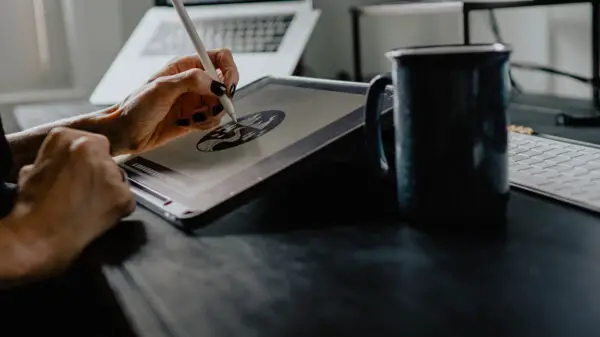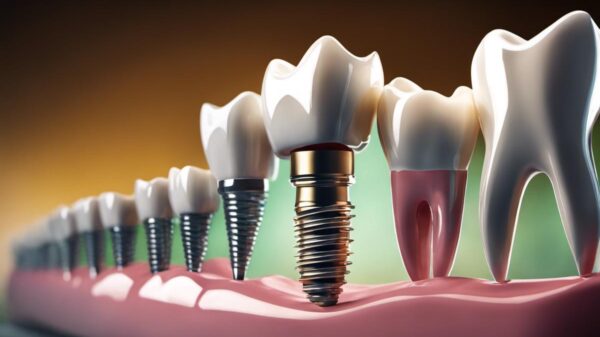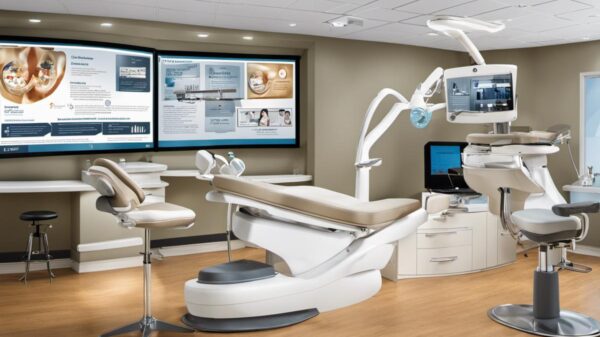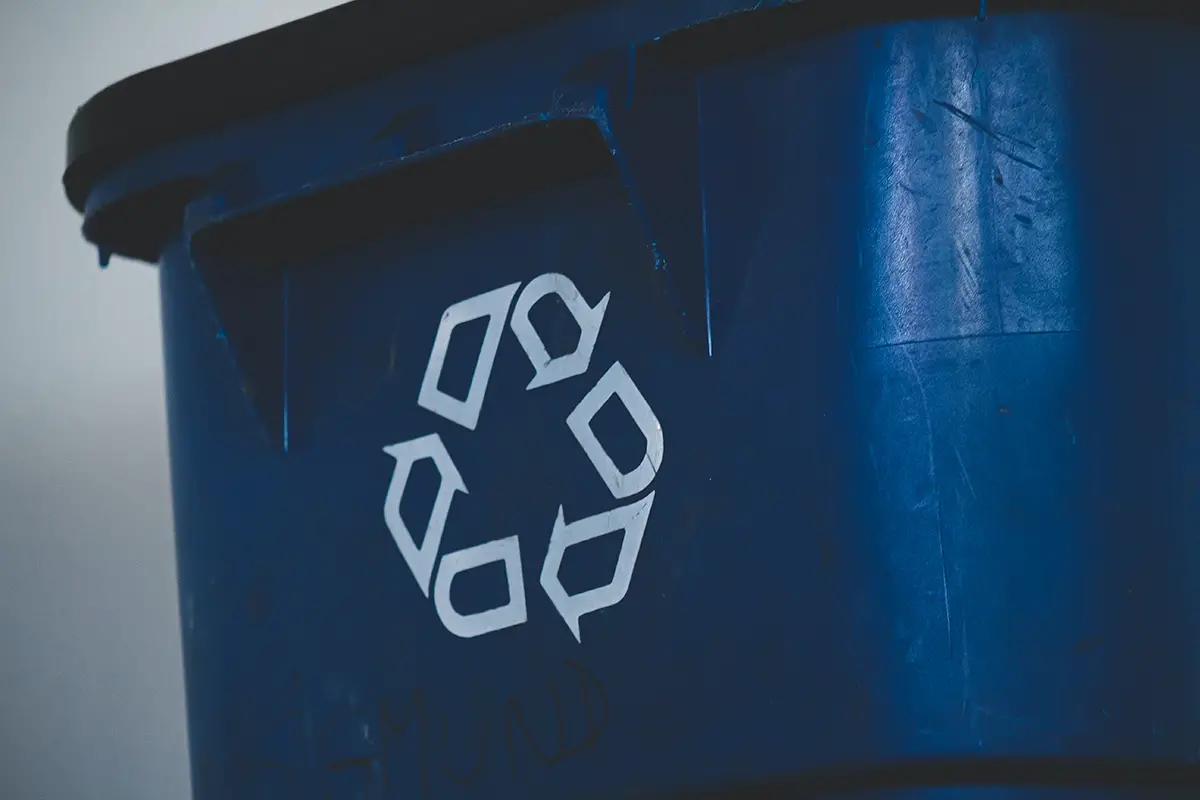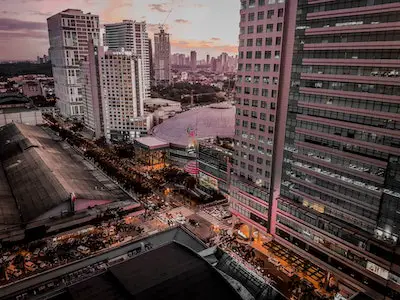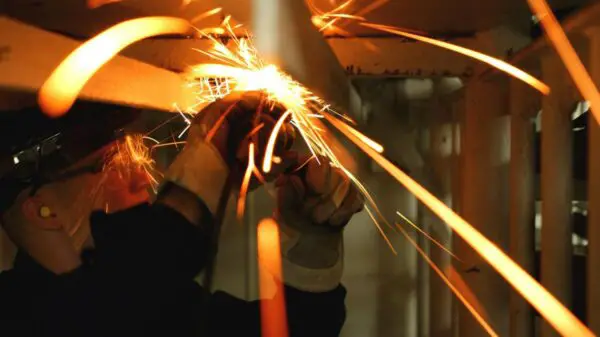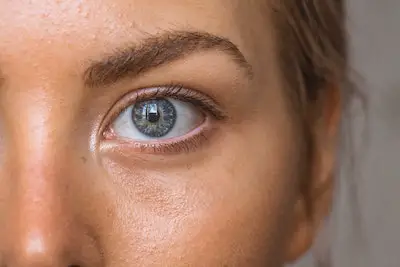Recycling Plastic Scrap for Money
Plastic scrap is one of the most commonly recycled materials in the world. Over 60% of all plastic waste is recycled each year. This is good news because it means that we can do our part to help preserve our environment by recycling plastic scrap. But many people still have questions about recycling plastic scrap.
Is it possible to recycle my plastic scrap for money? The answer is yes! Plastic recycling is a growing industry, and there are many ways to recycle your plastic scrap. Commercial plastic scrap can be recycled into new products, and the benefits of recycling plastic scrap are numerous.
In this blog post, we will discuss the different ways you can recycle your plastic scrap and the benefits of doing so.
Recycling Commercial Plastic Scrap
Commercial plastic scrap is recycled into new products for a variety of reasons. One of the primary benefits of recycling commercial plastic scrap is that it conserves natural resources.
Recycling plastic instead of manufacturing new plastic from scratch reduces the amount of oil and gas needed to produce new plastics. It also eliminates the need to create new products from virgin materials, which can damage the environment.
Another benefit of recycling commercial plastic scrap is that it helps reduce greenhouse gas emissions. Manufacturing new plastics releases harmful greenhouse gases into the atmosphere.
However, recycling old plastics instead prevents these gases from being released. In addition, recycling old plastics creates far less pollution than creating new plastics from scratch.
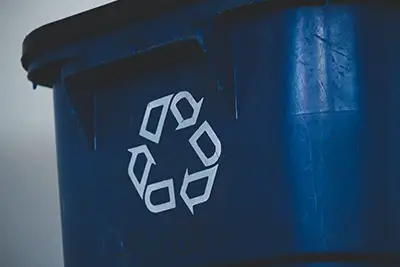
Recycling your Plastic Scrap
There are many ways to recycle your plastic scrap. One of the most effective ways to recycle your plastic scrap is by taking it to a recycling facility that specializes in plastics recycling.
These facilities will sort and process your plastic waste before sending it off for reuse or disposal. You can also purchase recycled products made from old plastics at these facilities, which are often called “material recovery facilities” (MRFs).
Benefits of Recycling Plastic Scrap
Recycling your plastic scrap has many benefits, including conserving natural resources and reducing greenhouse gas emissions. However, not all plastics are created equal when it comes to how much energy they consume during manufacturing processes.
For example, polystyrene foam takes over 100 times as long to produce than PET bottles do. This means that if you recycle your polystyrene foam, it will save energy and help reduce greenhouse gas emissions in the long run.
Recycling Plastic Scrap Creates Jobs
Another benefit of recycling plastic is that it creates jobs for people who work at material recovery facilities (MRFs). These people are often paid above minimum wage because they perform an important function within society: sorting through recyclables and making sure they get recycled properly!
Recycling Plastic Scrap Helps the Environment
Recycling plastic scrap helps the environment in a variety of ways. By recycling your plastic waste, you are preventing it from entering landfills and polluting our planet.
In addition, recycling old plastics instead of creating new ones from scratch reduces greenhouse gas emissions and prevents pollutants from being released into the atmosphere. So if you care about the environment, start recycling your plastic scrap today!
Recycling Plastic Scrap Reduces Your Overall Costs
Recycling plastic scrap can also help you save money in the long run. When you recycle your old plastics instead of throwing them away, they are sent to be recycled into new products such as carpeting or clothing fibers.
These recycled materials cost less than producing virgin materials from scratch because there is no need for additional resources (such as oil and gas) during manufacturing processes. This means that by recycling your plastic waste, not only will it reduce pollution levels but it may also reduce your overall costs!
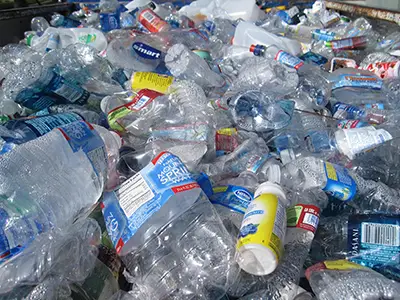
Plastic Scrap Recycling: How Do You Know What To Save?
It’s easy to tell when we’re out shopping if an item is made with a lot of packaging – just look at its size compared to the product itself!
However, it’s not always obvious at home where our waste ends up and how much we throw away. So if you want to recycle your plastic scrap, here are some tips:
- Check if the item has a recycling symbol (usually found on the bottom of packaging) or look for “recyclable” written somewhere on its label – these are good signs that an item could be recycled after use.
- Try asking nearby schools whether they accept plastic bottles from their students before throwing them out with other trash. Many do because this helps reduce landfill space usage as well as pollution caused by burning plastics such as Styrofoam cups.
If there isn’t one available, start a recycling program in your neighborhood or workplace to make it easier for everyone to recycle plastic scrap.
Types of Plastic Scrap Your Can Recycle
There are many types of plastic scrap that you can recycle, including PET bottles, HDPE jugs, LDPE bags, and polystyrene foam.
Polyethylene Terephthalate
PET bottles are made from a type of plastic called polyethylene terephthalate (PET). This is one of the most common forms of plastic in the world and is used to make soft drinks and water bottles.
High-Density Polyethylene
HDPE jugs are made from high-density polyethylene (HDPE), which is a type of plastic that is durable and strong. HDPE jugs are often used to store milk, juice, or cleaning products.
Low-Density Polyethylene
LDPE bags are made from low-density polyethylene (LDPE), which is a type of plastic that is flexible and stretchy. LDPE bags are often used to store food or clothing.
Polystyrene Foam
Polystyrene foam is made from a type of plastic called polystyrene, which is notorious for being difficult to recycle. However, if you can find a recycling facility that specializes in polystyrene foam, it can be recycled into new products.
How Can You Use Recycled Plastic Scrap Commercially?
There are many ways to use recycled plastic scrap commercially. One way is by selling it to a company that recycles plastics into new products.
Another way is by using it to make new products yourself. This can be done by purchasing a recycling machine or using a do-it-yourself method like extrusion or injection molding.
Extrusion is a process that uses heat and pressure to turn recycled plastic into long strands of plastic called pellets. These pellets can then be used to create new products through injection molding.
This is a process that uses high temperatures and pressure to form objects out of molten plastic.
Recycled Plastic Pellets
Another way is to purchase recycled plastic pellets from a company that recycles plastics into new products. These pellets can be used for injection molding, extrusion, or other processes.
Injection Molded Items
There are many different types of injection-molded items made with recycled plastic scrap material including bottles and jars, bags and packaging materials such as bubble wrap (made out of polyethylene), lids on food containers like yogurt cups/lunch boxes (made out of polypropylene), toys like Legos (made out of ABS).
Recycled Plastic Furniture and Other Items
Another way to use recycled plastic scrap is by making furniture out of it. This can be done through extrusion, injection molding, or other processes.
These items include chairs and tables that have been made using extruded PVC pipe as well as benches made from molded PET bottles (like Coca Cola). You can also find other things like flowerpots for plants, park benches in parks around town that are made with recycled materials!
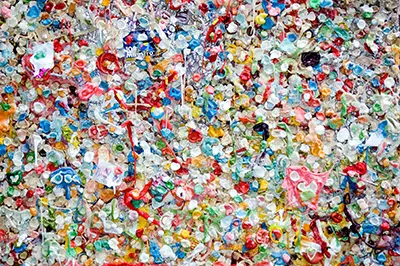
Costs of Recycling Plastic Scrap Materials
The cost of recycling plastic scrap materials can vary depending on the type of plastic and the process used. However, it is often more expensive than buying new products made from virgin plastic.
This is because the process of recycling requires energy and labor, which increases the cost of the final product.
However, there are many benefits to using recycled plastic over virgin plastic, so it is important to weigh the costs and benefits before making a decision.
In many cases, plastic scrap recyclers will offset the costs of recycling by selling recycled plastic pellets that can be used to make new products through injection molding or extrusion.
Alternatives to Recycling Plastic Scrap
Another option for disposing of plastic scrap is to use a drop-off recycling center. These centers accept all types of plastic. They may also offer collection services as well as other programs like buyback or cash incentives.
You can find these locations by searching online with keywords such as “plastic recycling,” “drop off plastic recyclers,” etc.
Finally, you could always dispose of your plastic scrap instead of recycling it. However, this is not only more expensive in many cases but also harmful to the environment.
So, if you can recycle your plastic scrap for money, it is a much better option for you and the environment!
In Conclusion
It is possible to recycle plastic scrap for money. However, the cost of recycling can be expensive and there are many different types of recycled plastic products that can be made.
The best way to decide if recycling is right for you is to weigh the costs and benefits of using recycled plastic over virgin plastic.
There are also many alternatives to recycling including drop-off centers, buyback programs, and cash incentives.
Finally, it is important to remember that disposing of plastic scrap instead of recycling it is harmful to the environment. So, if you can recycle your plastic scrap for money, it is a much better option!






